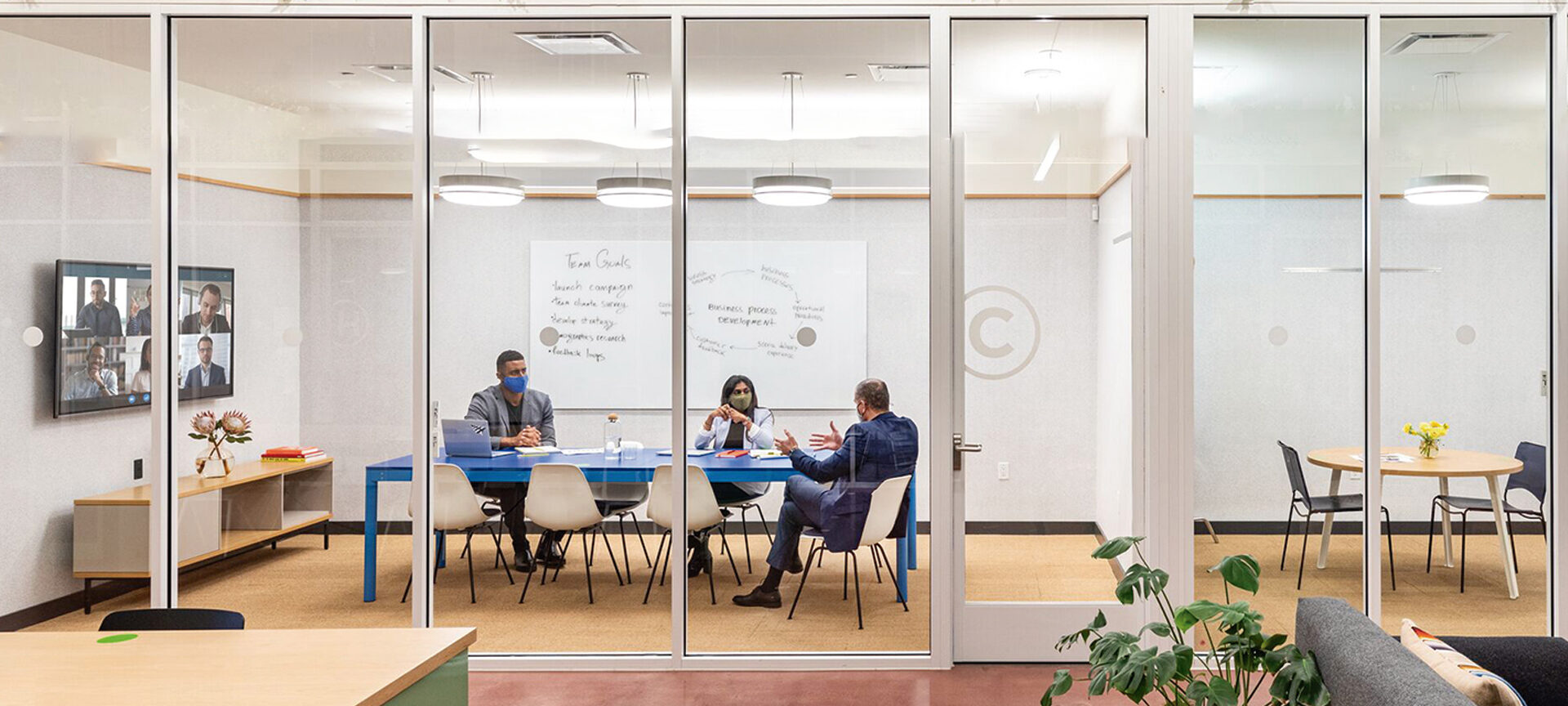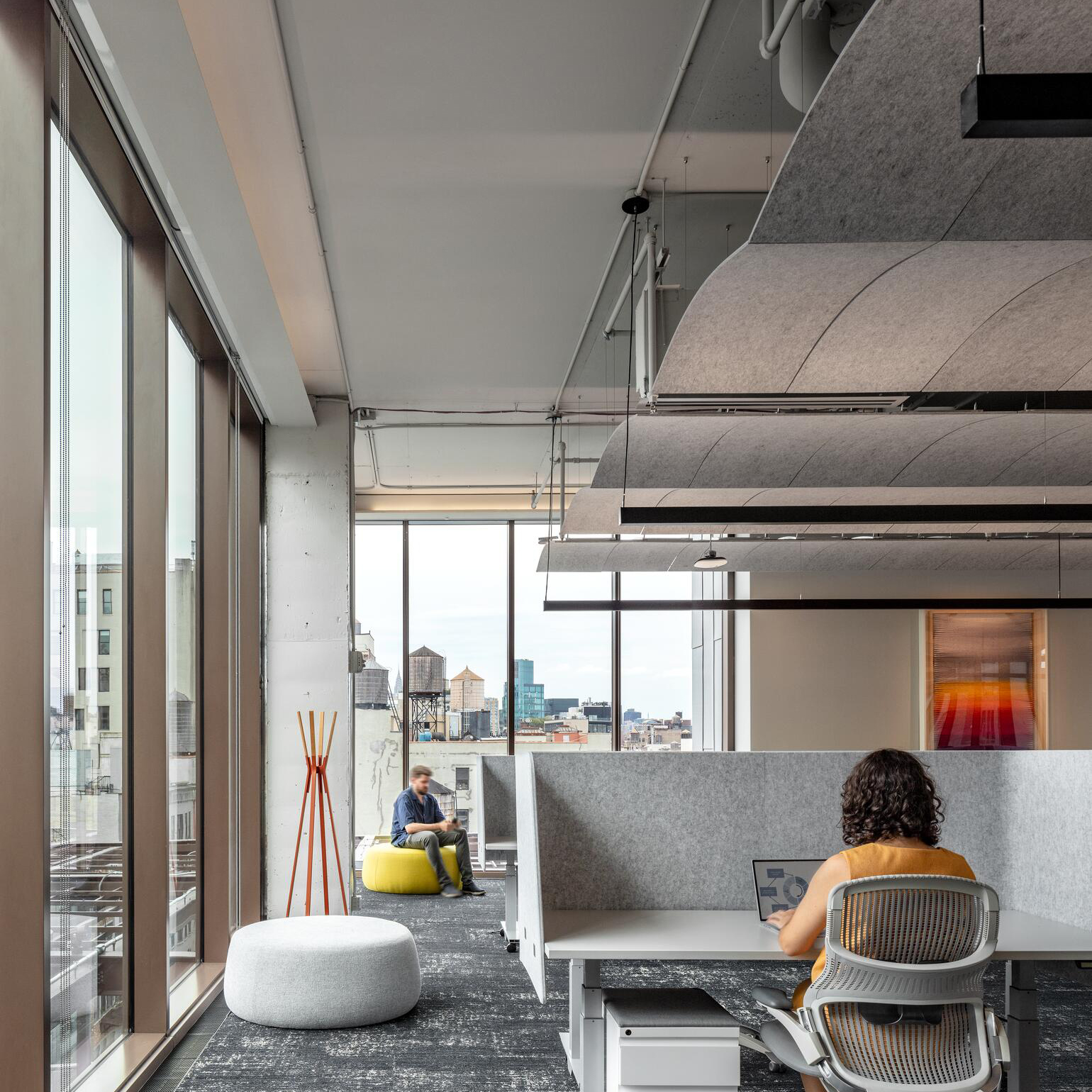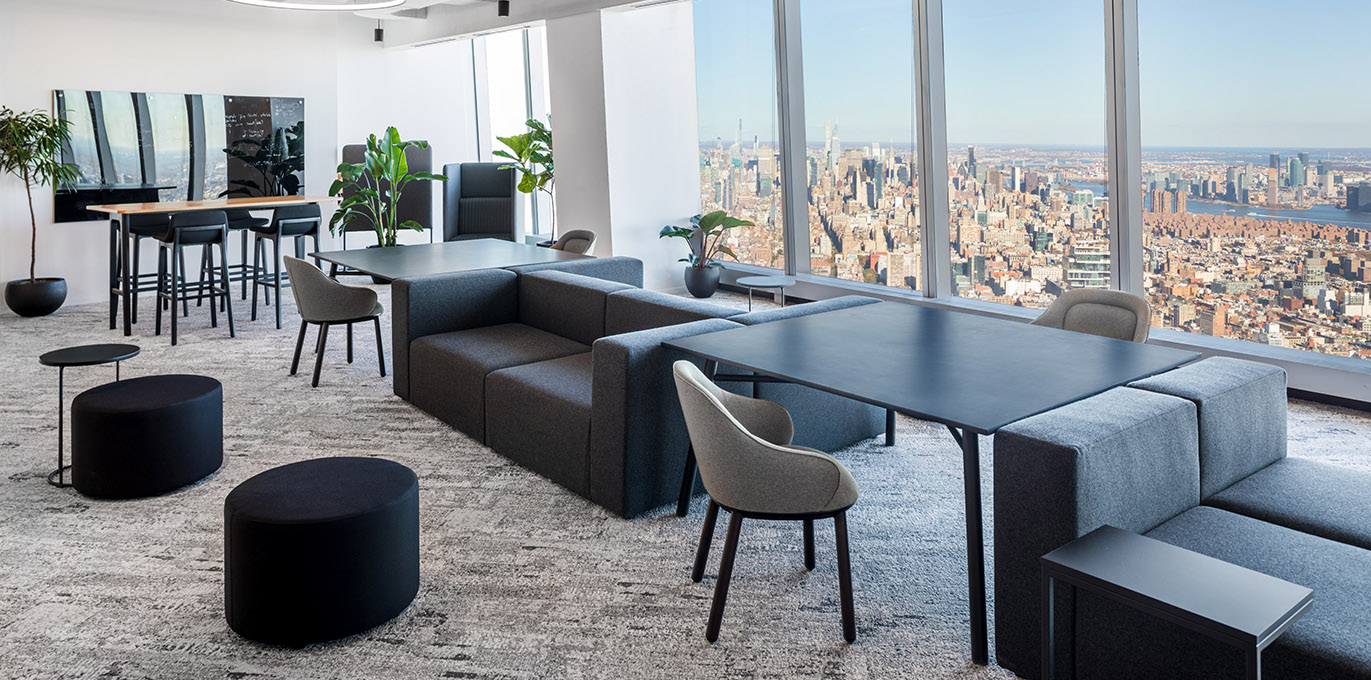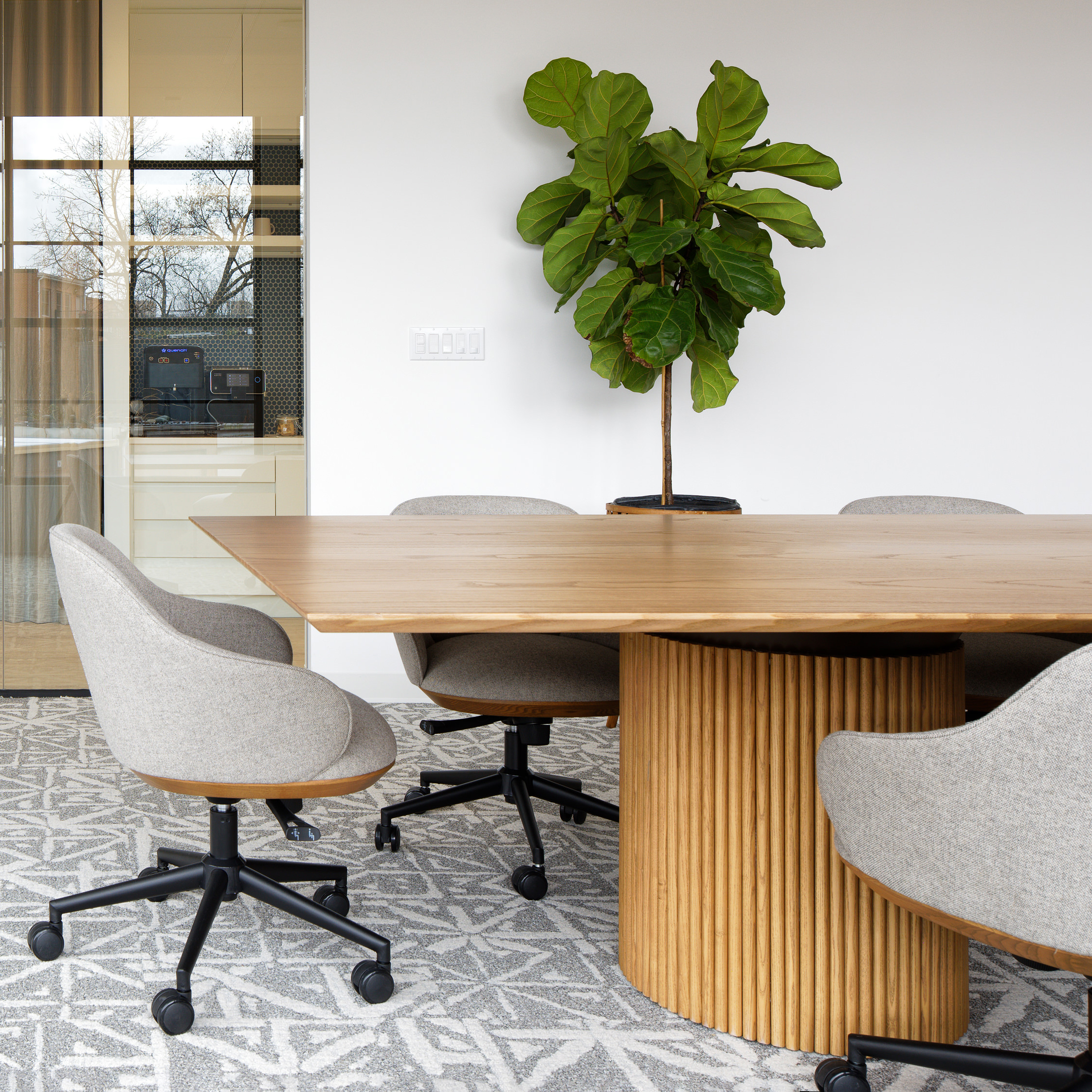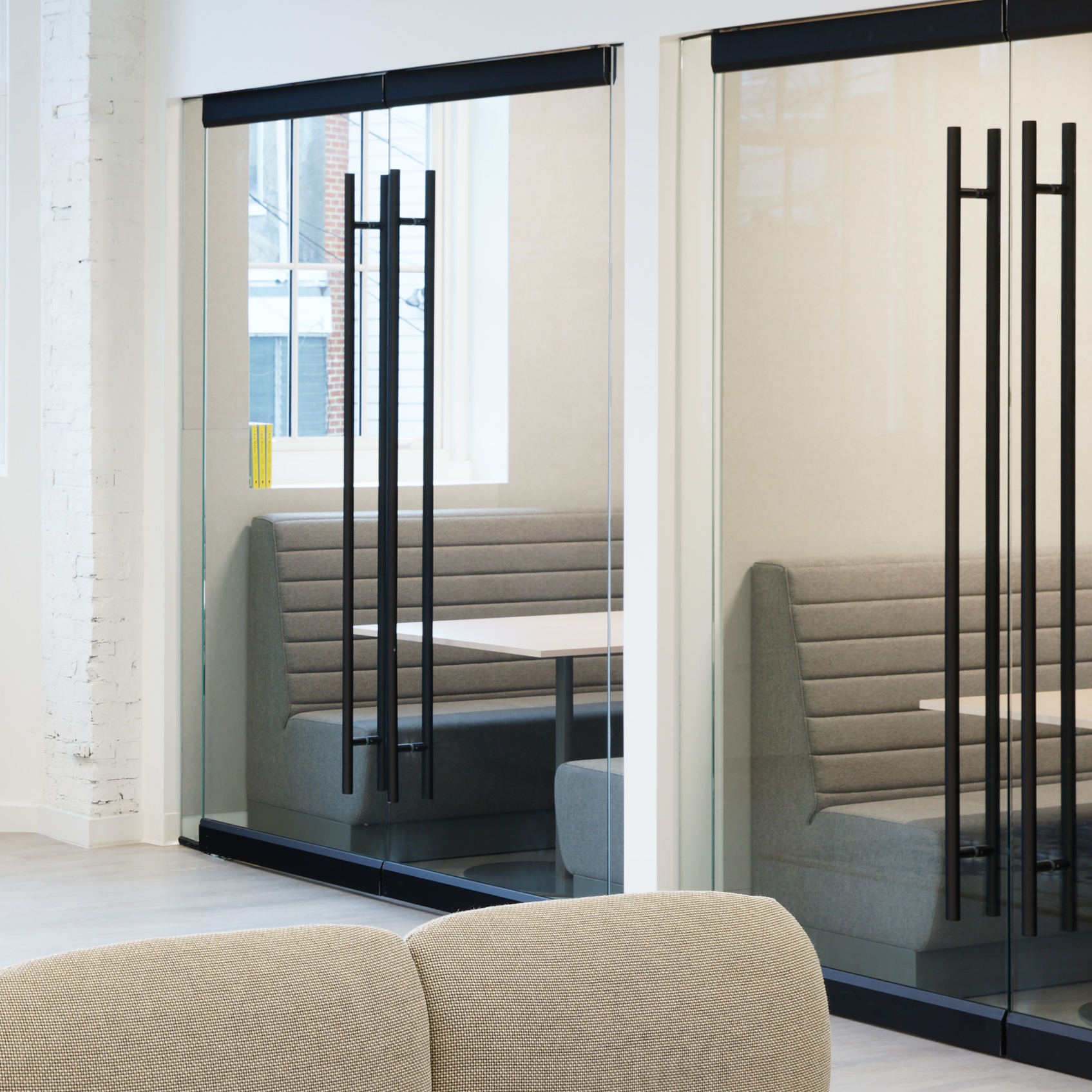-
Understanding the modern workplace
The global pandemic has significantly changed today’s workplace. Most organizations are reevaluating their operational models. As we move into this new era of hybrid workplaces that combine physical and virtual workspaces, this article will explore how to design these spaces, promote fairness and efficiency, and foster a work culture where people can collaborate effectively and be productive.
Growth in remote work challenges the conventional notion of a workplace and has rightly forced organizations to be flexible. Indeed, none of this comes without its complexities, as the shift to a hybrid model demand getting the right in-office and remote work balance by considering key factors such as collaboration, effective communication, and welfare.
On this journey, however, you realize that success in a hybrid workspace lies in creating an environment where all employees feel included and treated fairly, irrespective of their location. Concentrating on fairness and efficiency will unlock your workforce’s full potential by promoting an innovative, productive, and satisfying work culture.
-
-
Elements of hybrid workspace design:
Designing a successful hybrid workspace requires a multi-faceted approach that considers your diverse workforce needs. Some of the elements that should be for consideration include:
Flexible Workspaces: Welcome agility through flexible workspaces that can change based on team sizes and project needs. These workspaces involve modular furniture, movable partitions, and reconfigurable layouts to accommodate various work styles and preferences.
Hubs of Collaboration: Make collaboration possible through dedicated areas for team meetings, brainstorming sessions, and interactive discussions. Combine these with state-of-the-art video-conferencing systems, digital whiteboards, and seamless screen-sharing technology.
Quiet Zone: Recognize focused work through quiet zones or areas of individual tasks with fewer distractions. Soundproofing, noise-canceling technology, and ergonomic workstations raise productivity in such spaces.
Facilities/Wellness centers: Emphasize the welfare of the employees by providing amenities and wellness facilities in your hybrid workspace design. Some of the features could be the space for a gym, meditation, external spaces, or ergonomic furniture to bring a healthy work-life balance.
Technology Integration: One of the instrumental things in a hybrid setting is seamless technology integration for effective communication and collaboration. Robust video conferencing solutions, secure file-sharing platforms, and user-friendly project management tools require heavy investment to bridge the gap between on-site and remote employees.
-
-
-
Igbubu
-
Equity in Hybrid Workspaces
Equity should be a guiding principle in designing and implementing hybrid workspaces. That means equal access to all employees’ resources, opportunities, and support. All employees should feel a sense of belonging and inclusivity, irrespective of their physical location or work arrangement. Achieving fairness in a hybrid workspace can be done through the following methods:
Embrace Inclusive Communication: Establish crystal-clear protocols for communication that ensure all employees, whether in-office or remote, have real-time and consistent information access. Collaboration tools should be at work through virtual meetings and regular check-ins that keep everybody on the same page.
Give Them Equal Access to All Resources: Treat remote workers on the same pedestal as your in-office staff when it comes to tools, resources, and access to support systems. It means providing necessary hardware, software, and technical support and allowing them equal access to training and professional development.
Foster Virtual Collaboration: Encourage virtual collaboration through user-friendly platforms and tools that make every interaction seamless for file sharing, project management, and other processes. Provide training with guidelines to make all employees proficient in using the tools.
Recognize and Reward Contributions: Ensure transparent and fair systems for evaluating employee efforts and contributions to work, irrespective of the work arrangement. Celebrate all successes and milestones realized by on-site and remote teams.
By making equity the core of the hybrid workspace design, you ensure a more inclusive and engaging environment and unlock the full potential of your rich diversity, fostering a culture of innovation, creativity, and shared success.
-
-
The Future of Hybrid Workspaces
The world is changing much faster today, and so is the concept of hybrid workspaces. It’s time to adapt; this will be the new standard. In this model, an organization will gain a competitive edge by attracting and retaining talent, fostering innovation, and adapting to market dynamics. Some critical considerations about the future of hybrid workspaces are:Evolving technology: Be always on the lookout to embrace new technologies that foster collaboration, communication, and productivity in hybrid environments; this may mean changing virtual reality, augmented reality, and artificial intelligence technologies.
Data-driven insights:
Use data analytics and insights to optimize and fine-tune your hybrid workspace design and processes. Gather employee productivity, engagement, and well-being data to inform data-driven decisions.Sustainability and Environmental Considerations: Include sustainability and eco-friendliness in your hybrid workspace strategy. Reduce electricity usage, implement green architecture, and promote alternative transportation to work.
Adaptability and Resilience: Develop the attitude of adaptability and resilience to survive future shocks and changes in business operations. Drive a culture of agility and learning to adapt or change course for your organization as required.
Holistic Employee Well-being: Prioritize the holistic well-being of your employees through holistic wellness programs and ensure a work-life balance culture that promotes a supportive environment with due concern for mental health and personal growth.
-
Equity, efficiency, and adaptability must be balanced in the design process for hybrid workplaces. Working from the principles expounded in the article, you can create a work environment that is harmonious and productive, empowering employees to do good work, collaborate, and have high potential to succeed organizationally.
Remember that an optimal hybrid workspace is a journey, not a destination, that continues daily. It requires constant re-evaluation and improvement in response to new needs and technologies. Keep yourself open to suggestions, embrace change, and ensure that the well-being and engagement of your workforce remain at the top of the list.
